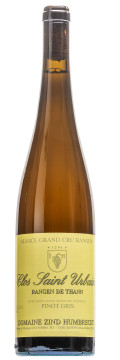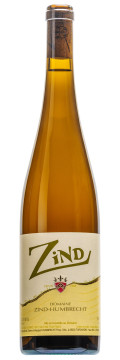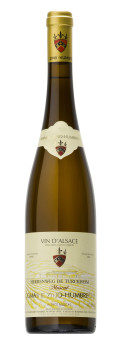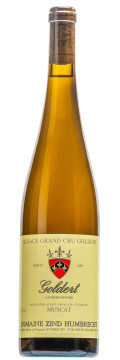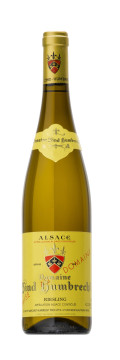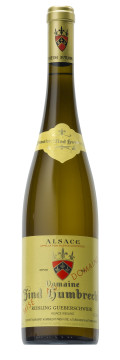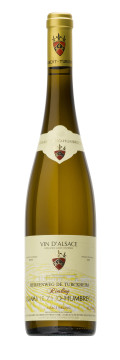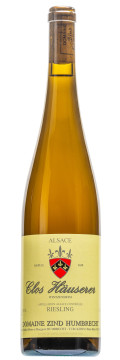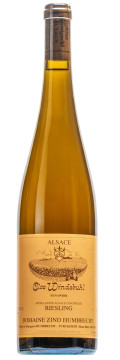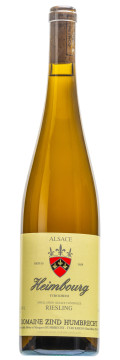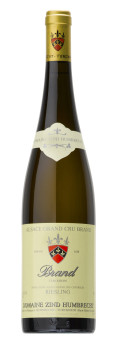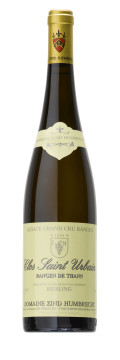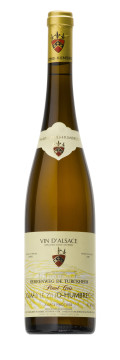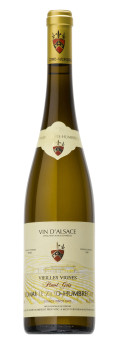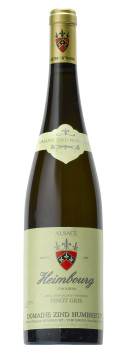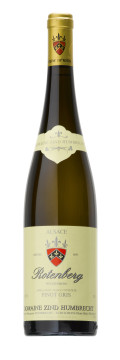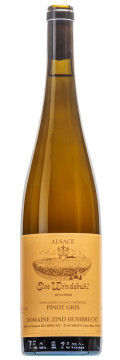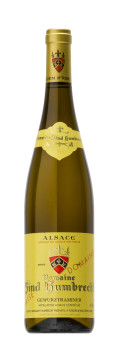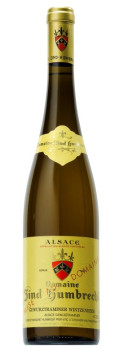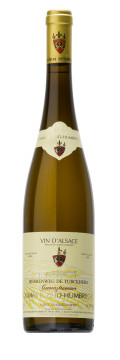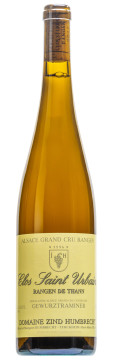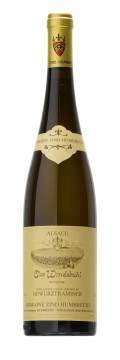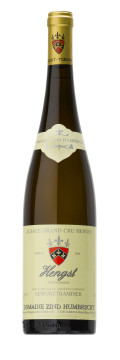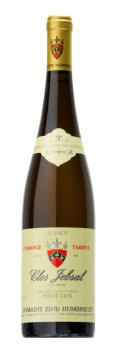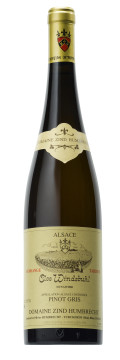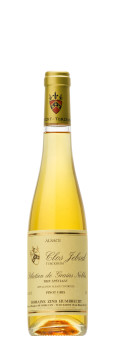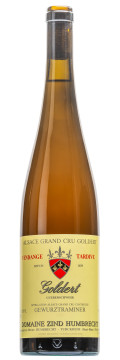Millésime 2002
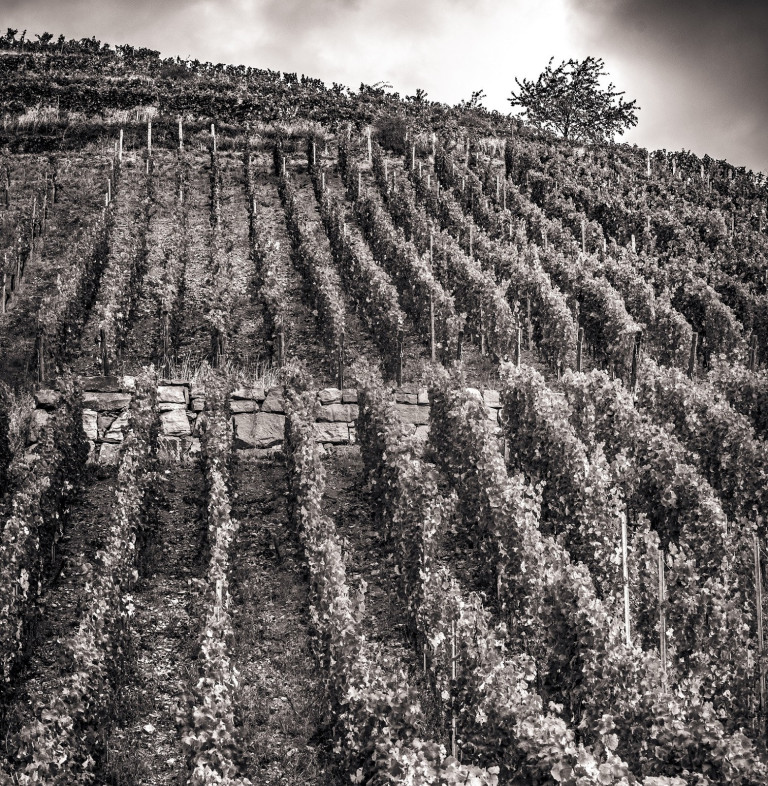
Description of the vintage
2002 started like a very normal vintage after what we call a ‘real winter’ with its share of snow and cold weather. Then the rain started, and basically, didn’t stop until the end of August. At the opposite of much more rain-affected areas in France, Alsace didn’t suffer too much from this. The consequences were more practical for the winegrowers who had to cultivate their soils and fight organically against mildew. Surprisingly, the flowering was absolutely normal, even early, completing during the first 10 days of June. July temperatures were favourable and the vines grew rapidly, a well as grass and weeds! From August to early September, the weather was in general cold and wet, even if there were some good days to allow the grapes to ripen properly, the average cooler temperature certainly explain the level of acidity in the grapes in 2002. From middle of September to the harvest, the weather changed completely with the help of dry north winds, the good weather really gave hope to all the producers in Alsace.
The style of the 2002’s is very interesting. Never before have I seen grapes with such high ripeness and acidity combined together. The lengthy ripening season allowed the grapes to be perfectly physiologically ripe. Starting the harvest too early would have been a mistake, but clearly, given reasonable viticulture, the grapes were perfectly ripe in October. Letting the natural vegetation grow on the soils also helped avoid dilution in the grapes. All vineyards stayed very healthy until the end of September, but with warmer weather in October, the botrytis developed quite quickly and intensely, allowing the production of very concentrated late harvest wines.
On the Domaine, we started the harvest October 1st for 10 days. Then again 2 days in the middle of October and we finished with the Rangen vineyard and Clos Jebsal at the end of October under exceptional warm and dry weather. The style of 2002 is real powerful wines, so elegantly balanced with a crisp acidity. This vintage, more than any other one, will benefit from lying down a few years. The crop on the Domaine was very small: 33.7 hl/ha for the Alsace appellation and 21.3 hl/ha for the grands crus wines. As a consequence to the high ripeness and acidity, a lot of wines fermented extremely slowly, and will be bottled only 18 months or 2 years after harvest. As usual, no wines were chaptalized, and all our vineyards were cultivated in biodynamie.
A quick look at all the vintages since 1997 would reveal that there is a constant progression in the acidity levels of the wines. 1997 being at the bottom end, and 2002 at the top. Often very high acidity is synonymous to un-ripeness, but this isn’t the case in 2002. There isn’t one grape variety that wasn’t successful in this vintage, but in style, the wines are generally sweeter than the previous vintage.
